From major crisis to minor events, the medicine on the Lewis and Clark Trail provides an interesting topic of study.


An interview with David Peck, practicing physician and the author of Or Perish in the Attempt: Wilderness Medicine in the Lewis and Clark Expedition.


No more calomel! Not just an anthem, a reflection on the transition from the “Age of Enlightenment” to the “genteel tradition.”
The Botanical Medicines
by Gregory J. Higby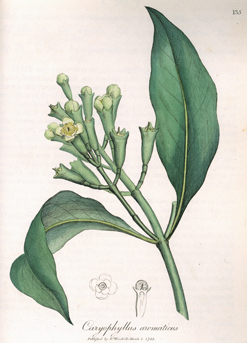

The botanical medicines Lewis purchased are described—cinchona bark to treat malaria, laudanum to relieve pain, Copaiba to treat gonorrhea, for example—are described.
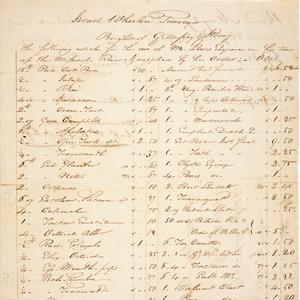

Prior to starting, Lewis ordered 29 botanical and chemical medicines plus some related equipment and supplies. The contents of Lewis’s list have much to tell us about the medical challenges he expected to face on his journey.
Caspar Wistar
Philadelphia mentor
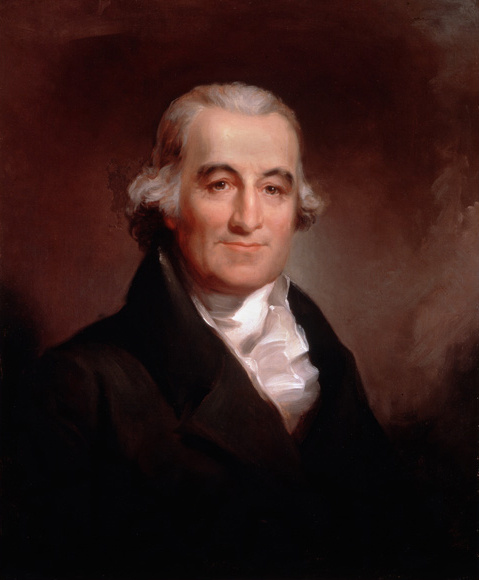

When Lewis met him, Wistar was an eminent physician and professor—popular with his students, beloved by his patients. In 1811, he completed and published the first volume of A System of Anatomy for the Use of Students of Medicine.


Dr. Rush had expressly indicated to Lewis that when one of his men showed the “sign of an approaching disease . . . take one or two of the opening pills” nicknamed “Rush’s Thunderbolts.”
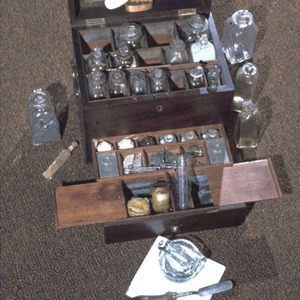

Treatment emphasized depletion of ‘morbid excitement’ through bleeding and purging. Calomel and jalap were preferred purgatives; blended together they became Rush’s pills, taken along by the Corps of Discovery.
Illnesses at Fort Clatsop
by Joseph A. Mussulman

The rainy weather, monotonous diet, and crisis over the lack of basic materials to carry out a routine tanning of hides for clothes must have eroded their mental and physical health.
Rush’s Rules of Health
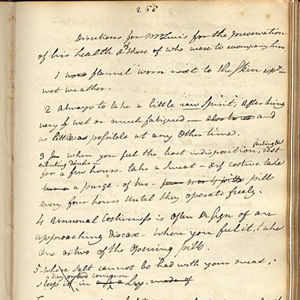
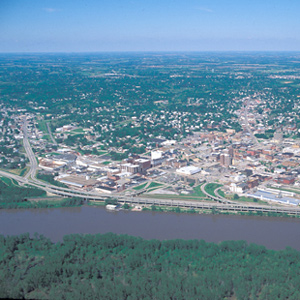

Pvt. Robert Frazer came close to being the expedition’s first fatality, for he was “verry Sick, struck with the Sun.” Probably his affliction would be diagnosed today as either heat exhaustion or sunstroke.
Mosquito Ills and Cures
by Joseph A. Mussulman

Symptoms of the ague, a disease that would later be called malaria, were recorded in the journals. Unknown to anyone at that time, this illness was carried by mosquitoes. What did they do to prevent bites and treat mosquito-born illnesses?
The Chemical Drugs
by Gregory J. Higby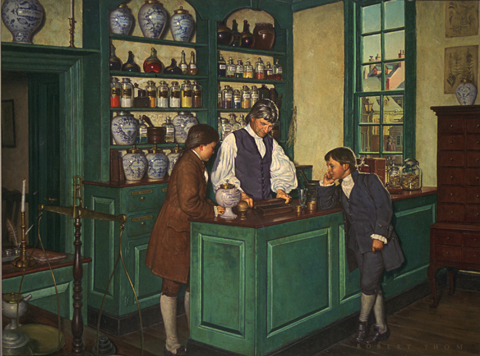

Israel Whelan purchased a wide variety of chemicals at Strong & Gillaspy. (Druggists were a prime outlet for all fine chemicals in the early 1800s.) And though some of them had other uses, most were bought to be used as medicines, including a few today that we might view as poisons.
Rush’s Writings for the A.P.S.
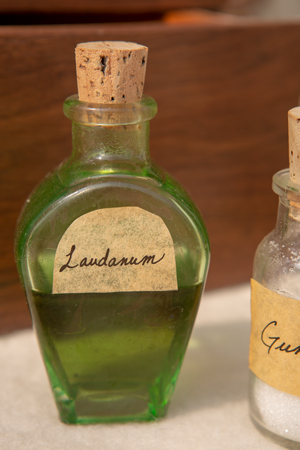

A list of Rush’s writings for the American Philosophical Society (from Lyman H. Butterfield, “Benjamin Rush as a Promoter of Useful Knowledge,” Proceedings of the American Philosophical Society, vol. 92, no. 1, March 1948, 35-6.)
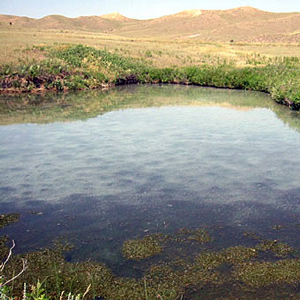

On his return to the mouth of the Marias, Lewis found Sacagawea gravely ill. He had his men cross the river “to procure the water of the Sulpher spring,” “the virtues of which,” Lewis asserted, “I now resolved to try on the Indian woman.”
The Medical Supplies
by Gregory J. Higby

Physicians commonly purchased their surgical and related supplies from druggists. At Gillaspy and Strong, Whelan picked up the essentials: a pocket set of surgical instruments, a dental kit, a clyster (enema) syringe, four penile syringes, three lancets, and a very expensive tourniquet.
Experience the Lewis and Clark Trail
The Lewis and Clark Trail Experience—our sister site at lewisandclark.travel—connects the world to people and places on the Lewis and Clark Trail.
Discover More
- The Lewis and Clark Expedition: Day by Day by Gary E. Moulton (University of Nebraska Press, 2018). The story in prose, 14 May 1804–23 September 1806.
- The Lewis and Clark Journals: An American Epic of Discovery (abridged) by Gary E. Moulton (University of Nebraska Press, 2003). Selected journal excerpts, 14 May 1804–23 September 1806.
- The Lewis and Clark Journals. by Gary E. Moulton (University of Nebraska Press, 1983–2001). The complete story in 13 volumes.

